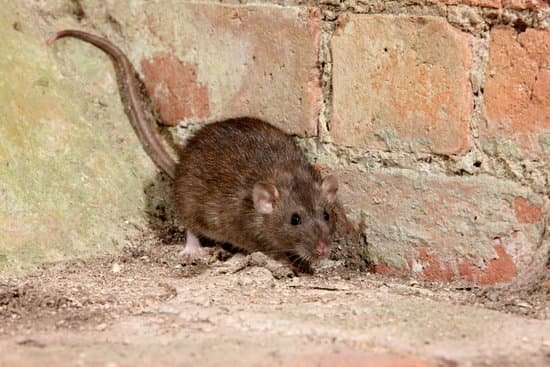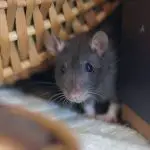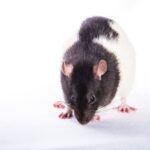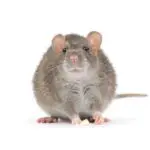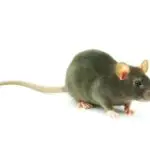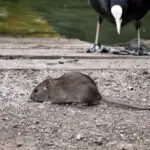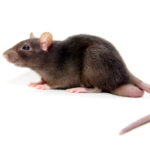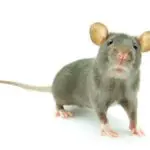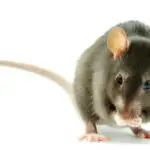How Hard is Rat Poop to Identify?
Rats are an omnivore, so they’ll eat any kind of food you give them. For example, black and brown rats love insects that are high in protein. They also love eggs, so you should be sure to check your compost bins. Rats also love any kind of nut, so they’ll often forage under your walnut tree or look for peanut butter.
Rat and mouse droppings look similar to rice grains. They are black and crumbly when wet, but they will harden after a few days. If you see a lot of rat droppings in your home, you can set traps and baits to catch them. Identifying rat poop isn’t hard, but it is essential knowledge.
Rat droppings contain many dangerous bacteria and can make people sick. These bacteria can contaminate food and water sources, and they can also be toxic to humans and pets. Moreover, rodent droppings can become a health risk if breathed in. This is especially true if you’re pregnant. If you accidentally breathe in rat droppings, you should call a doctor to get the proper treatment.
The size of the droppings should also give you a clue about which species you’re dealing with. Small and immature rats produce smaller droppings. Norway rats and brown rats are the most common in our area, but you may also find roof rats in coastal areas. The droppings of these rodents are usually cylindrical and firm.
